The New Relationship Economy: Trust That Lives Beyond Transactions


For years, digital business has been defined by a single goal: reduce friction. Every product update was judged by how many clicks it removed or how fast it pushed customers through a flow. That mindset misses the bigger story. We are now operating in a relationship economy, where the most important measure is not speed alone but whether a business can sustain trust over time.
From Transactions to Relationships
Traditional identity tools treat interactions as stand-alone events. Did the login check pass? Did the document look authentic? Each step is isolated. But that is not how real customers behave. They return. They reset passwords. They update details. They escalate issues. Every one of those moments is part of a relationship, not a disconnected transaction.
The relationship economy requires a different mindset. Identity and trust can no longer be episodic. They must persist, stretching across days, channels, and contexts. Instead of starting from scratch each time, businesses need trust that compounds — with every interaction adding to a shared history.
Why It Matters Now
The stakes are higher than ever. Fraud already costs industries tens of billions a year, and AI-driven deepfakes are multiplying the challenge. At the same time, customers expect instant, seamless experiences. Failing on either front means losing ground.
The real danger is not just fraud losses, but fractured relationships. Customers rarely walk away because of a single inconvenience. They leave when a pattern of small breaks in trust accumulates. A relationship-first approach is how businesses stop that erosion before it becomes churn.
In practical terms, the relationship economy matters because it helps businesses:
- Reduce fraud by spotting breaks in behavioral continuity, not just single anomalies.
- Preserve trust by handling recovery and escalation as smoothly as onboarding.
- Strengthen brand loyalty by making every interaction part of a consistent experience.
Building Continuity Instead of Silos
Most defenses still rely on point solutions: one for login, one for documents, one for recovery. Attackers exploit the seams between them, and customers feel like strangers each time they return.
A relationship-first model closes those gaps. It recognizes when a user behaves consistently and lets them move freely. It also flags when their behavior diverges sharply from history and intervenes just enough. Continuity is the difference between a customer who feels trusted and one who feels interrogated.
Proof’s Role in the Relationship Economy
Proof is designed for this shift. The Identity Authorization Network ensures that every action, from logins to signatures to high-value transactions, is cryptographically tied to a verified identity. Instead of one-off checks, each event strengthens the relationship.
Here’s how Proof enables continuity:
- Persistent identity signals: Hundreds of signals are layered over time, creating a living record of behavior.
- Adaptive experiences: Risk is assessed dynamically, reducing friction for low-risk activity and adding assurance only when needed.
- Human-verified certainty: When the highest level of trust is required, Proof’s expert network validates transactions in less than a second.
The result is not just fraud prevention. It is a system that preserves customer relationships by making them feel both trusted and protected.
The Bigger Picture
The relationship economy rewards businesses that can recognize their customers instantly, across every channel and every interaction. It punishes those that treat each engagement as a blank slate.
The difference shows up in stronger customer lifetime value, in brand loyalty, and in resilience against fast-moving fraud. The question is no longer whether you can complete a transaction. The question is whether you can sustain the relationship behind it.




















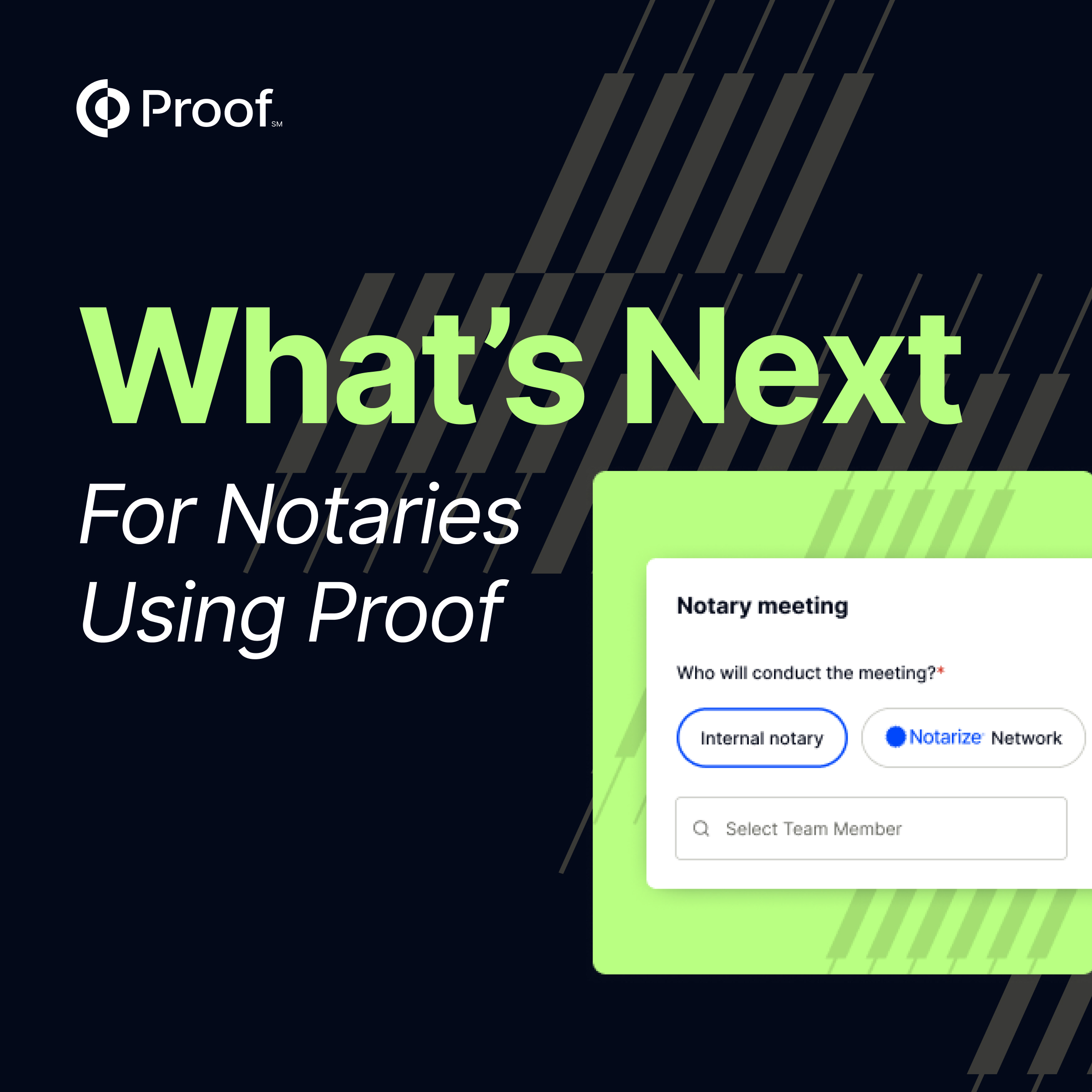





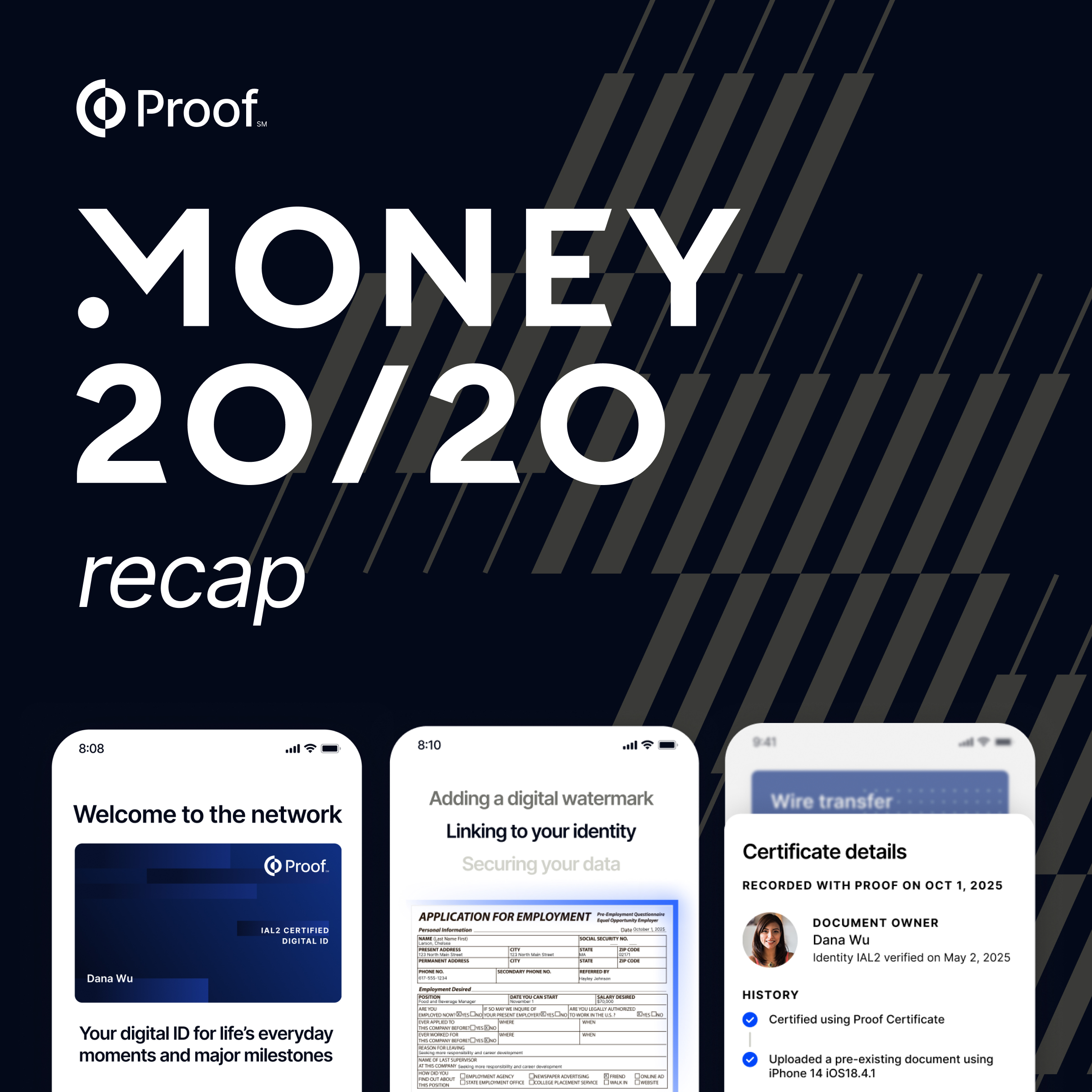



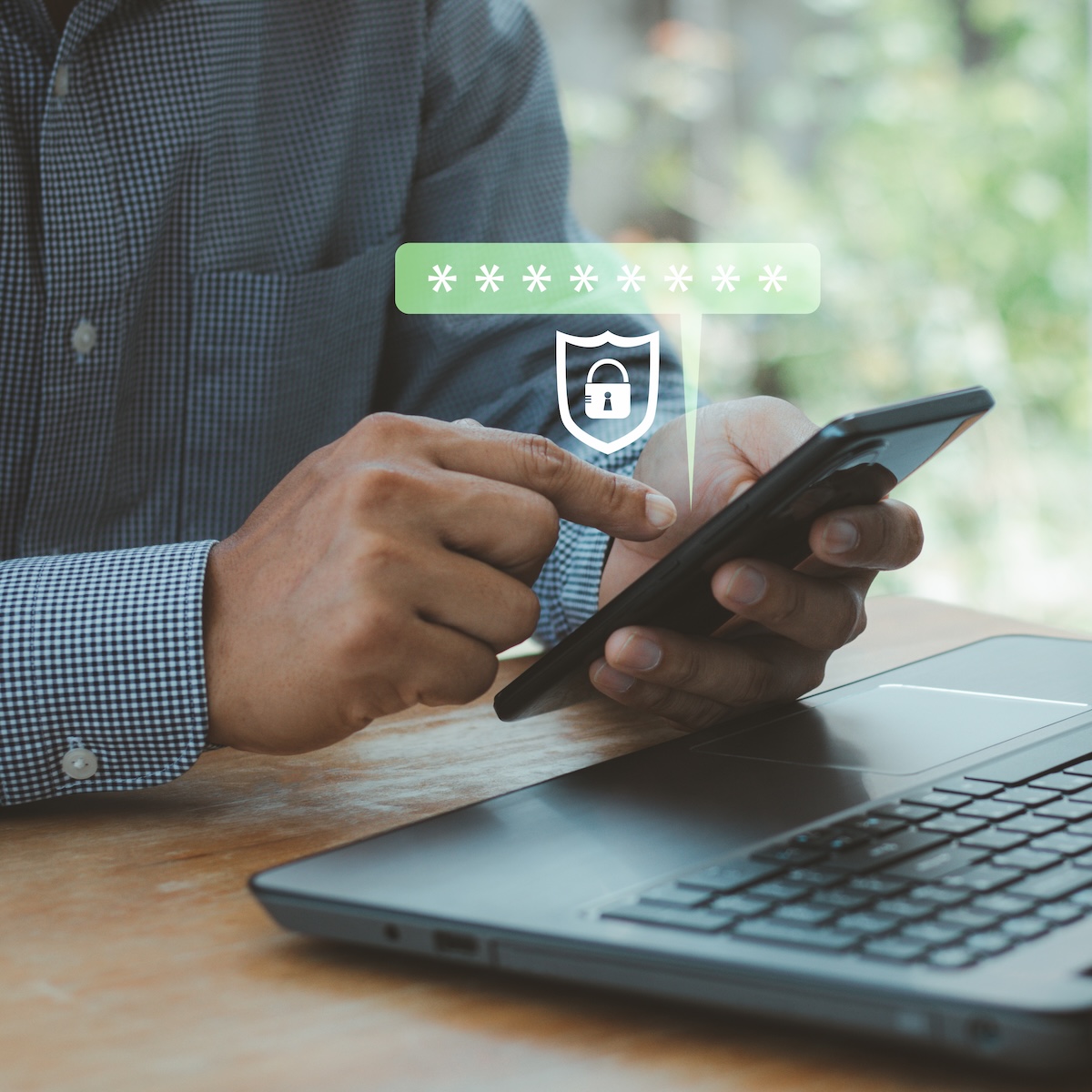


.png)


.jpg)
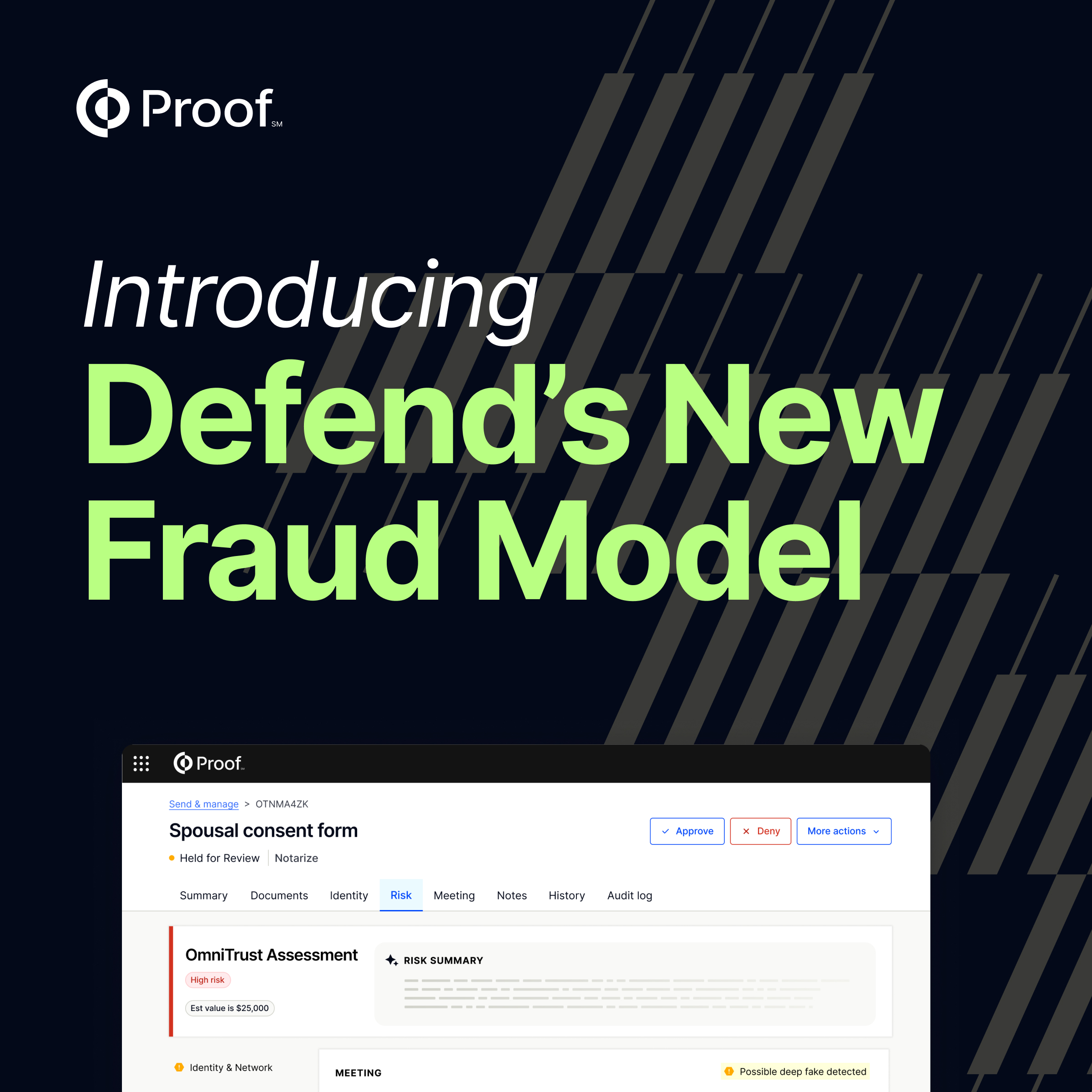

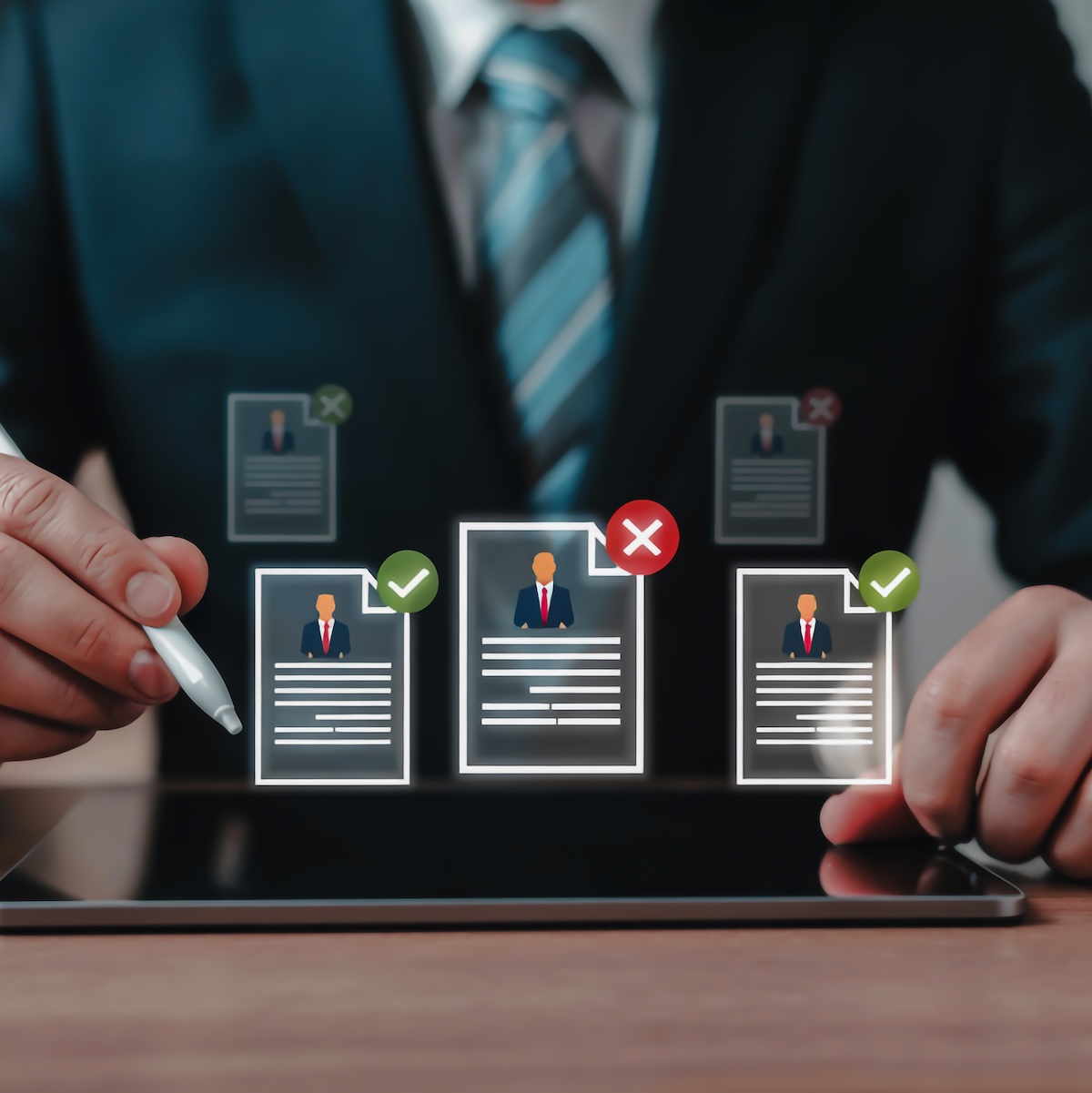
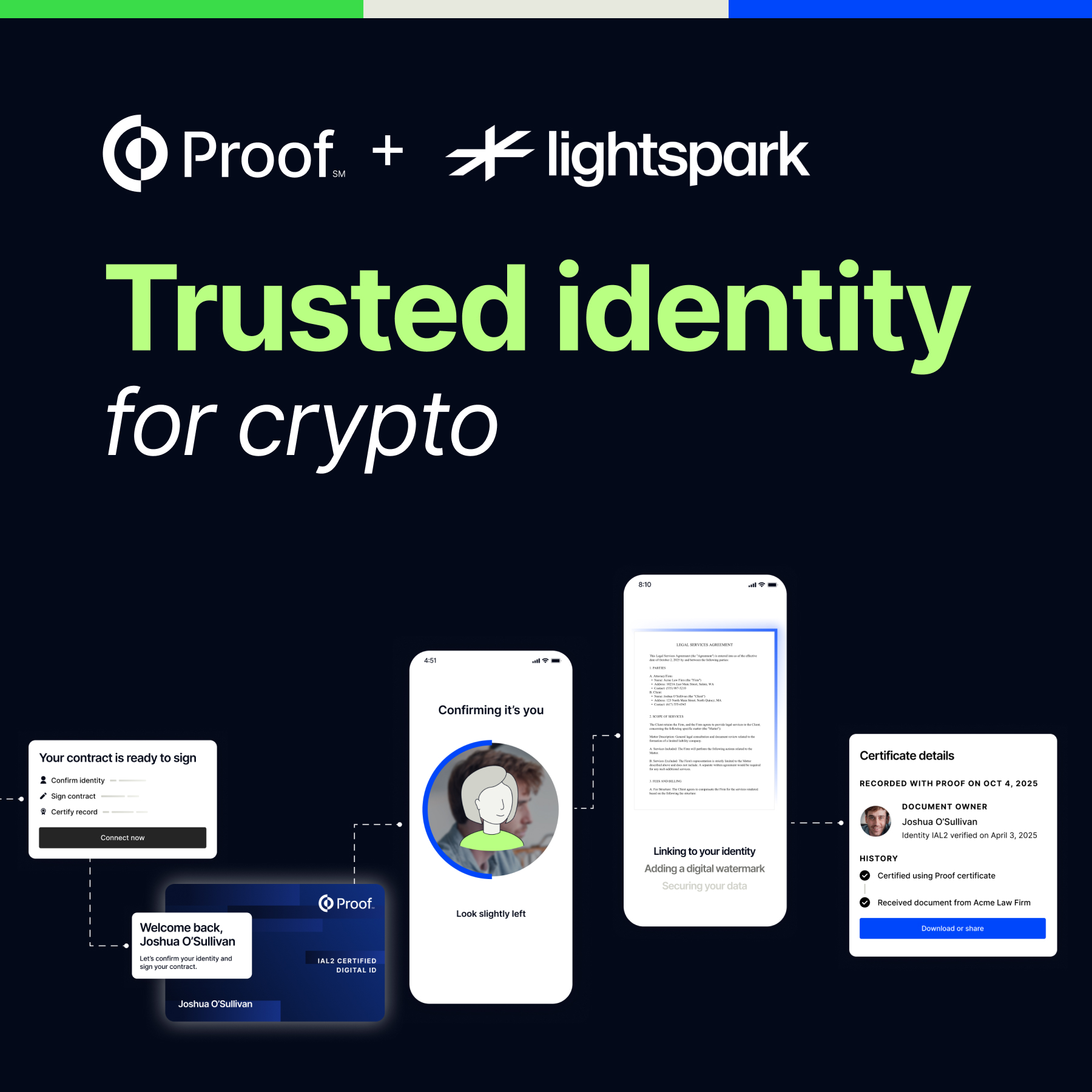





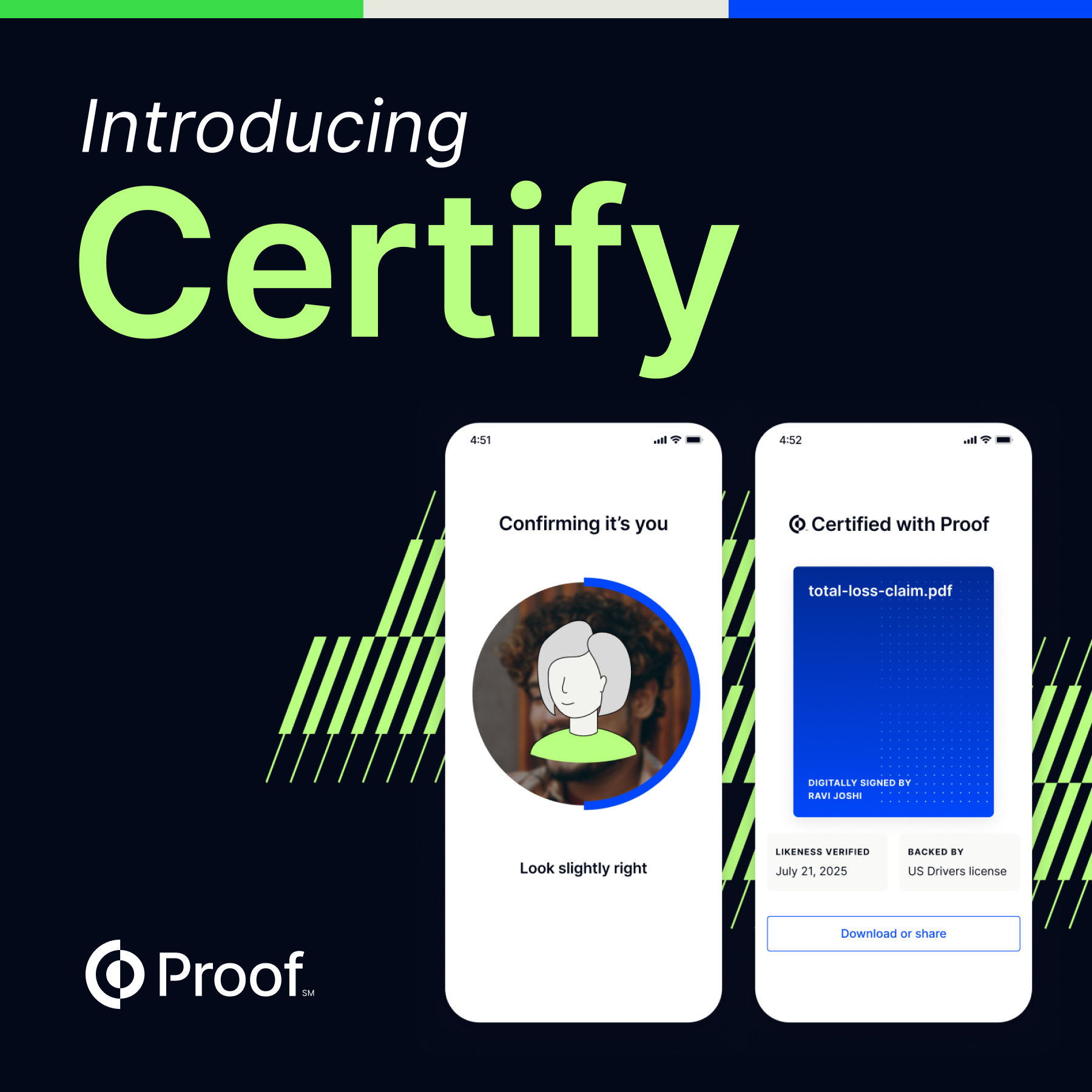


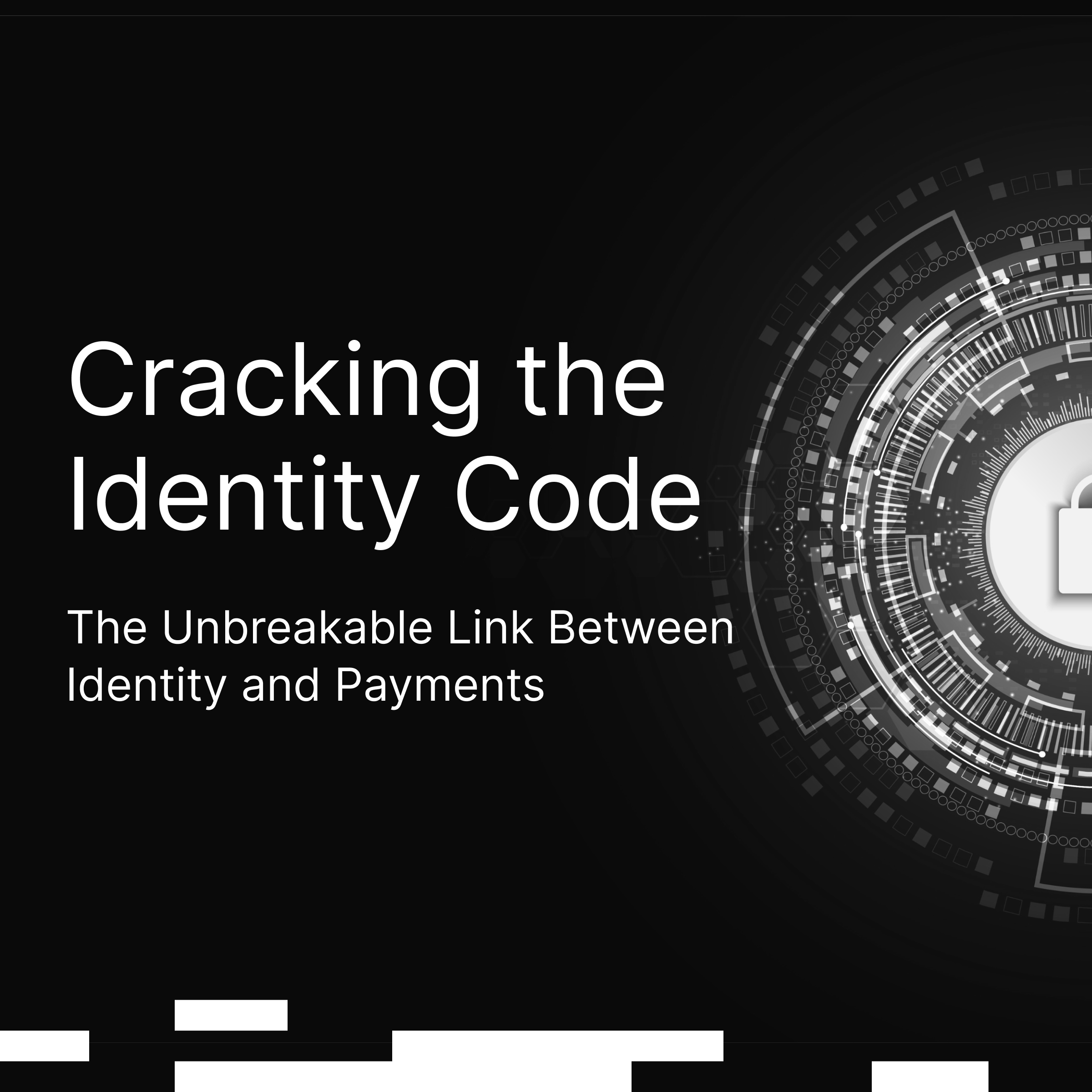


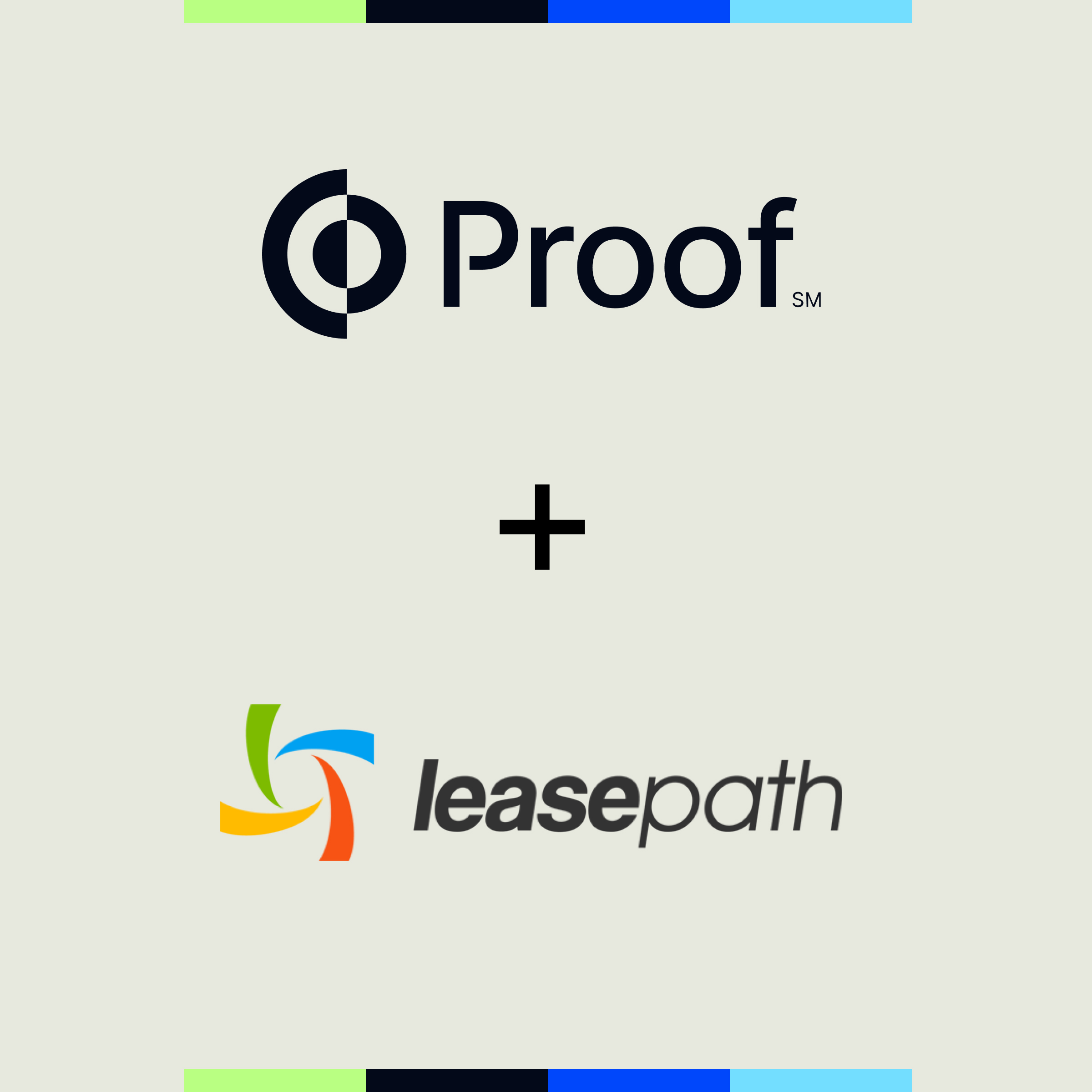



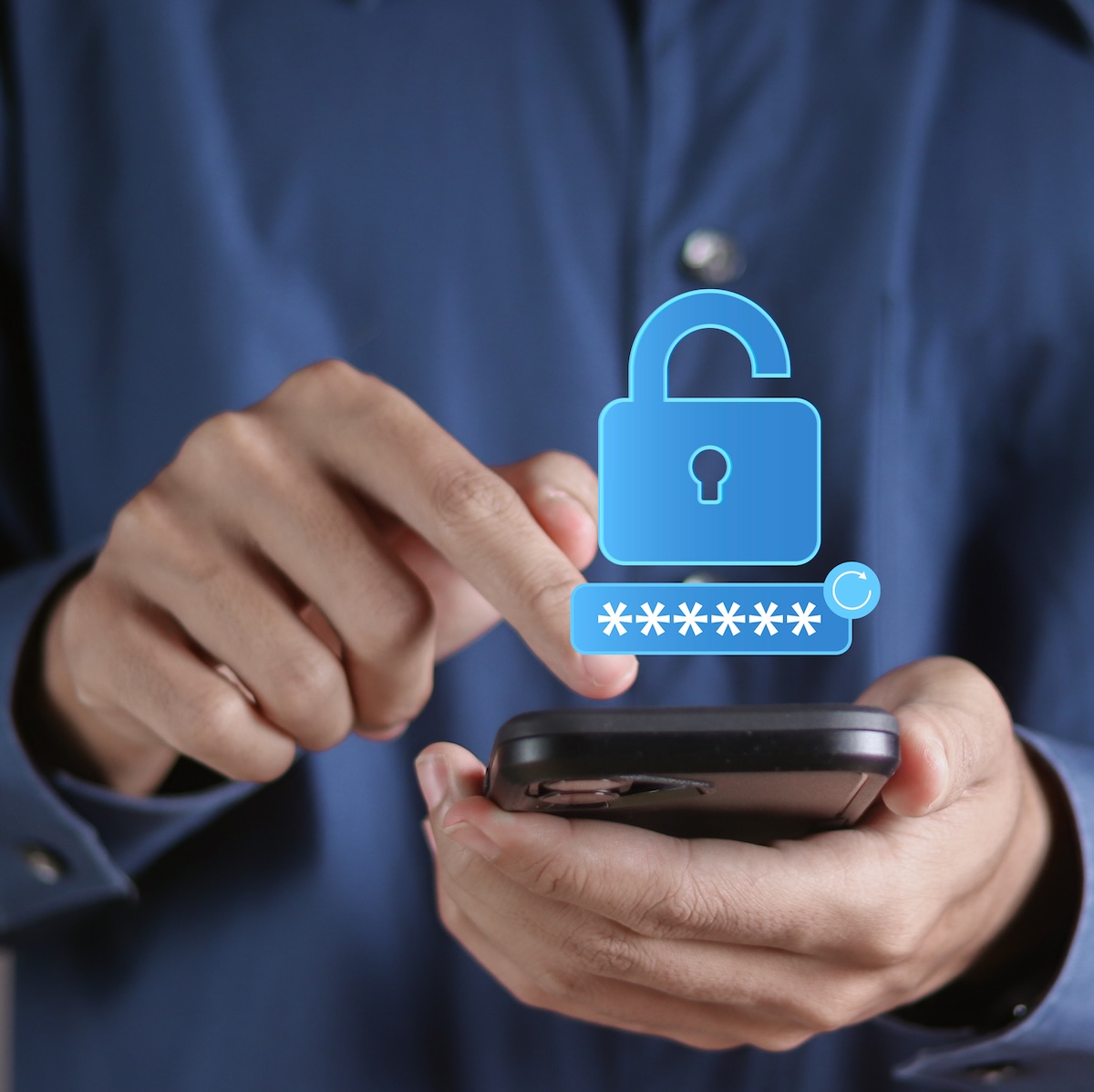




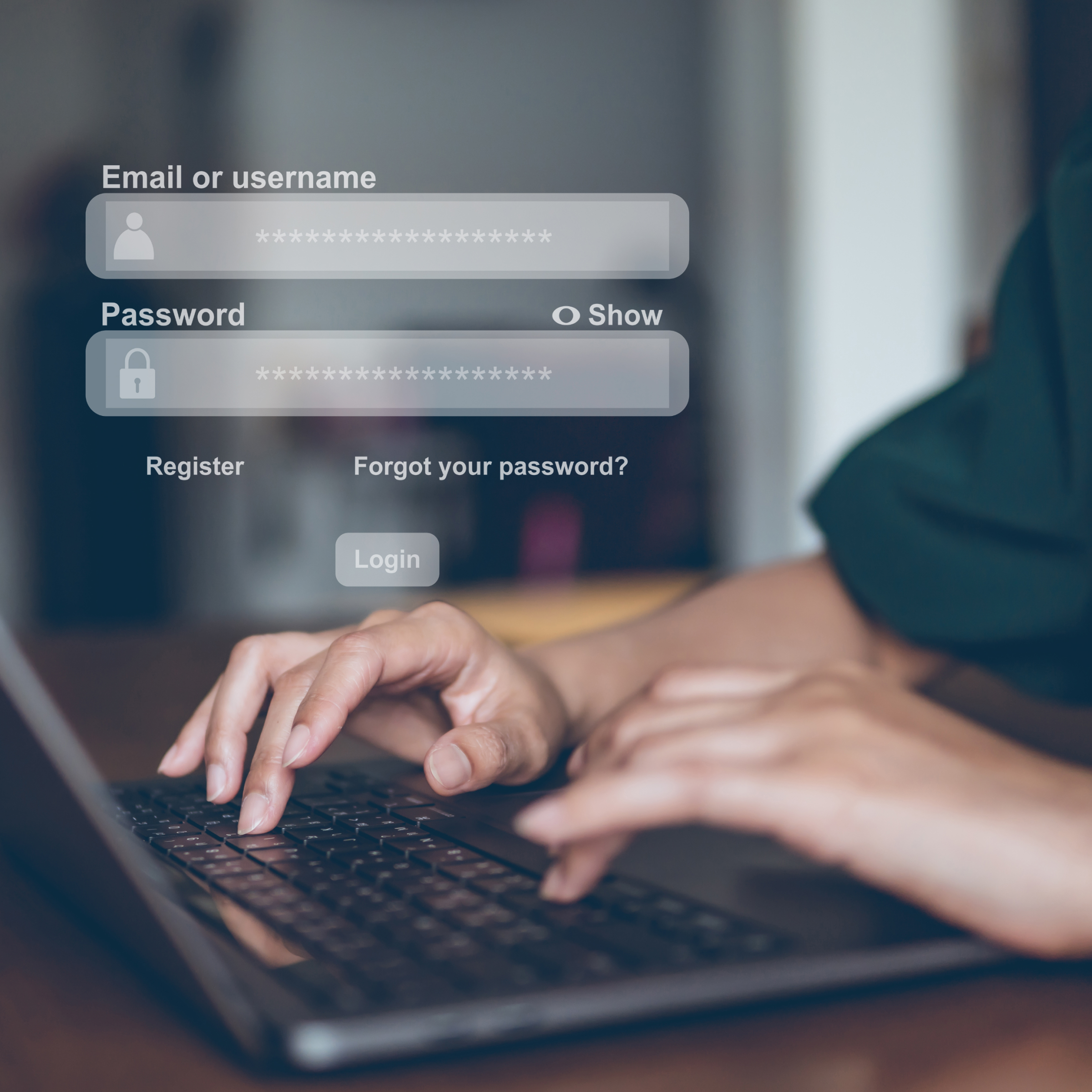







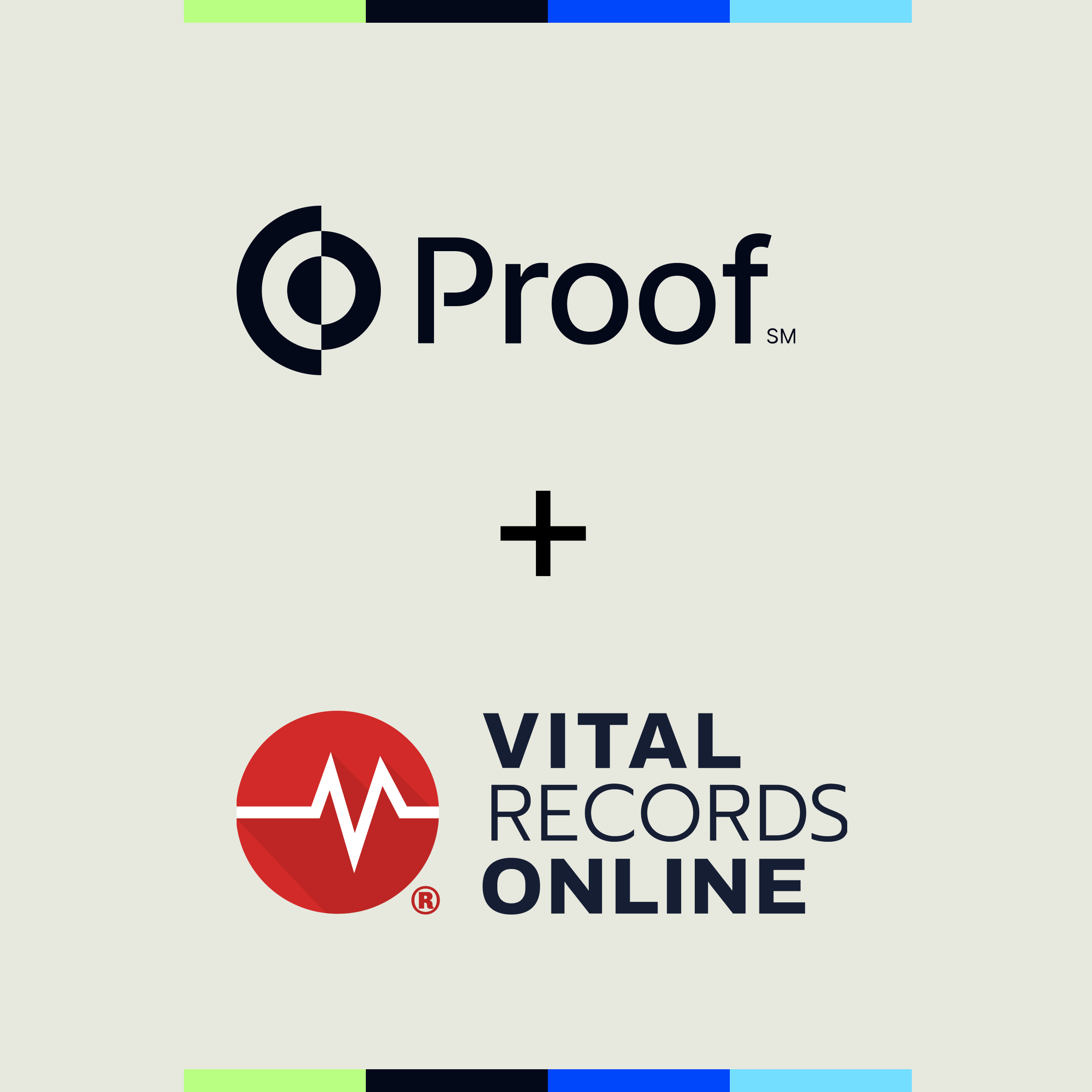




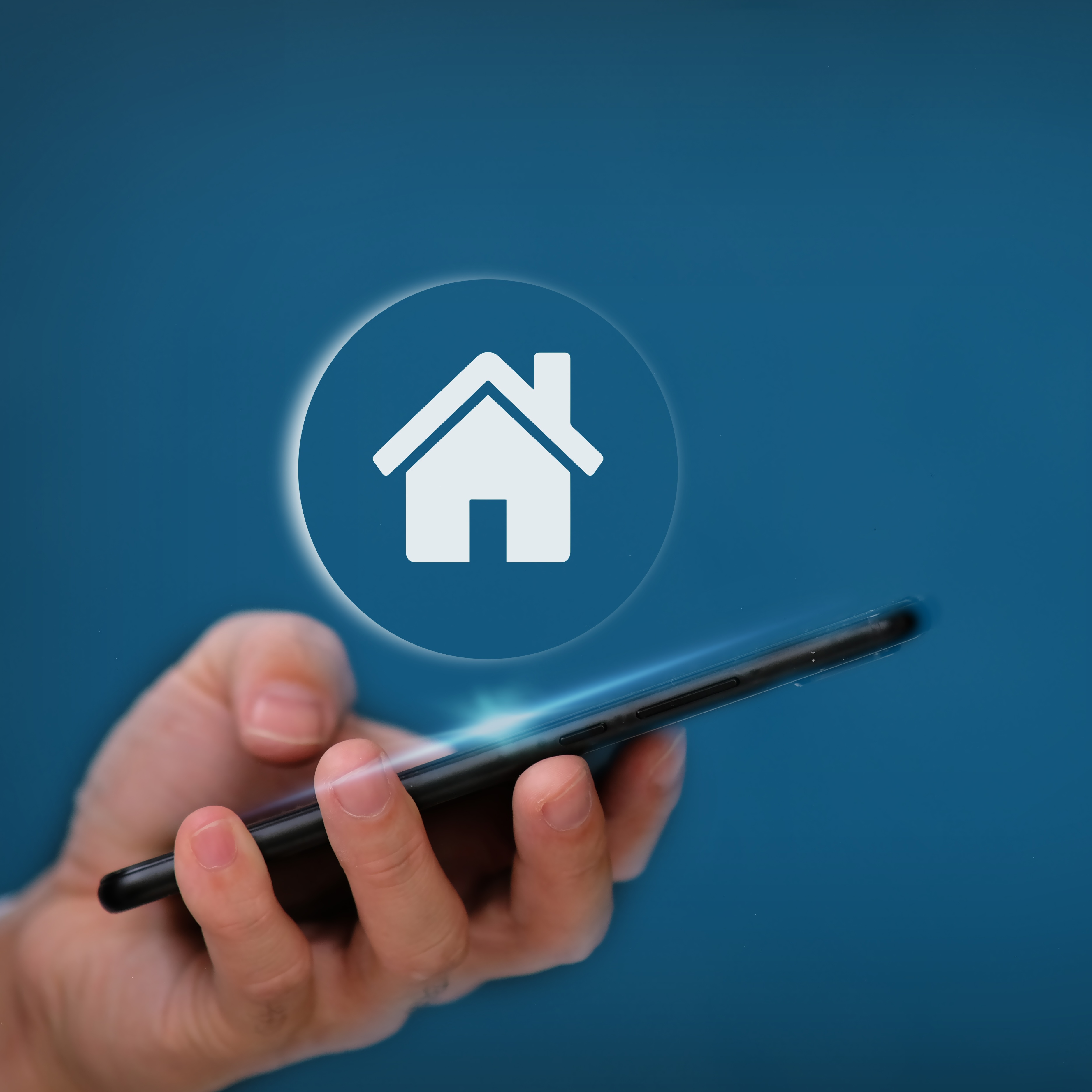



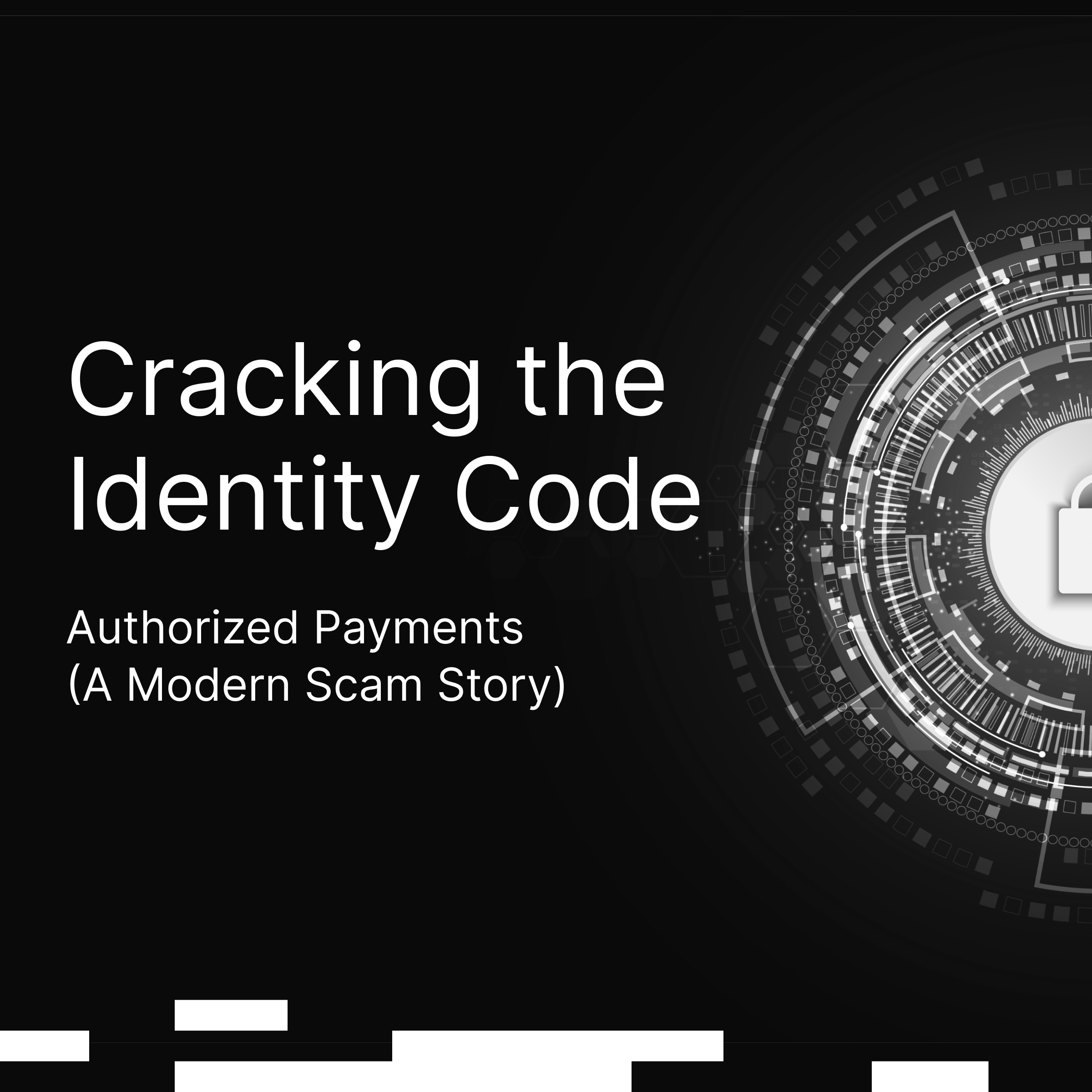




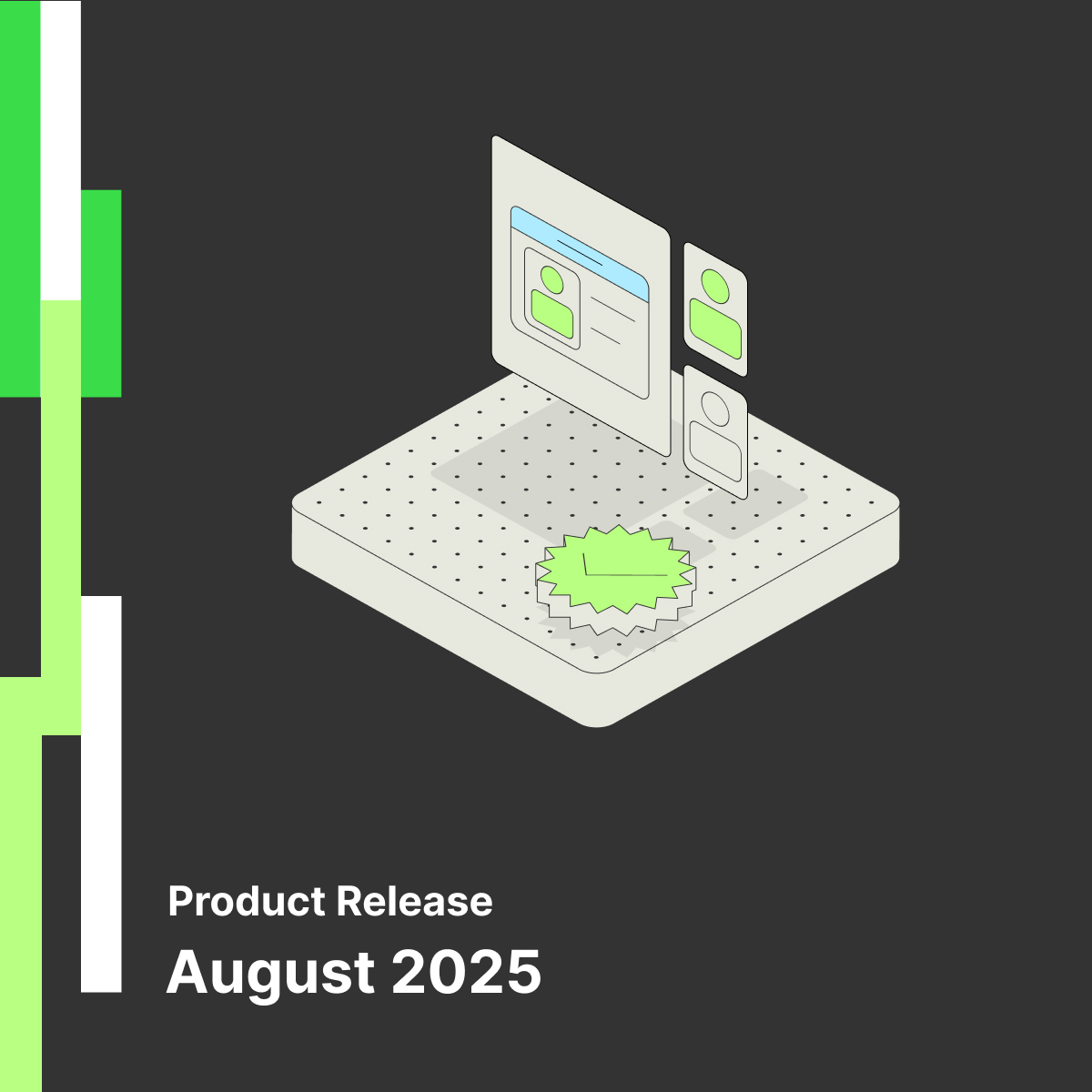



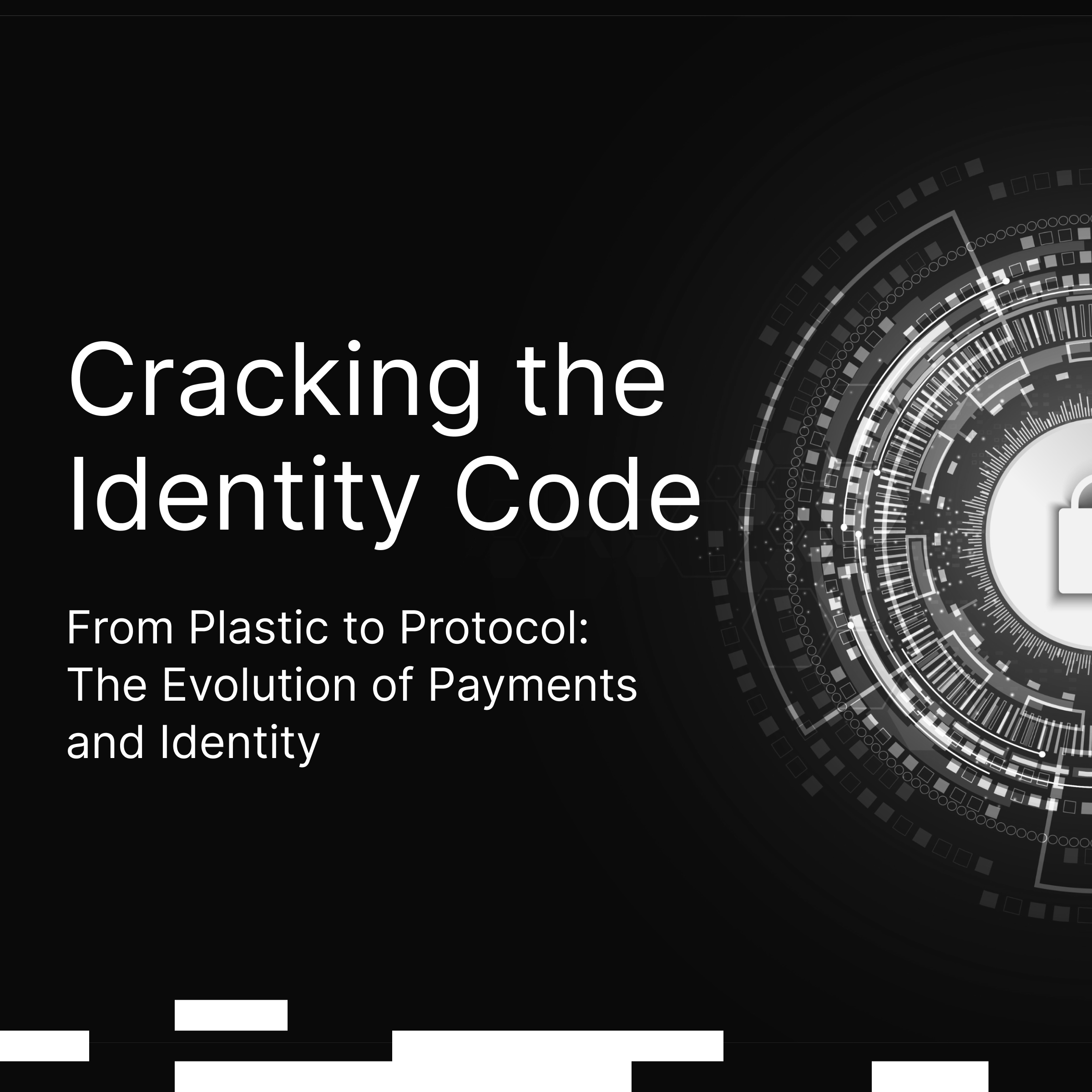

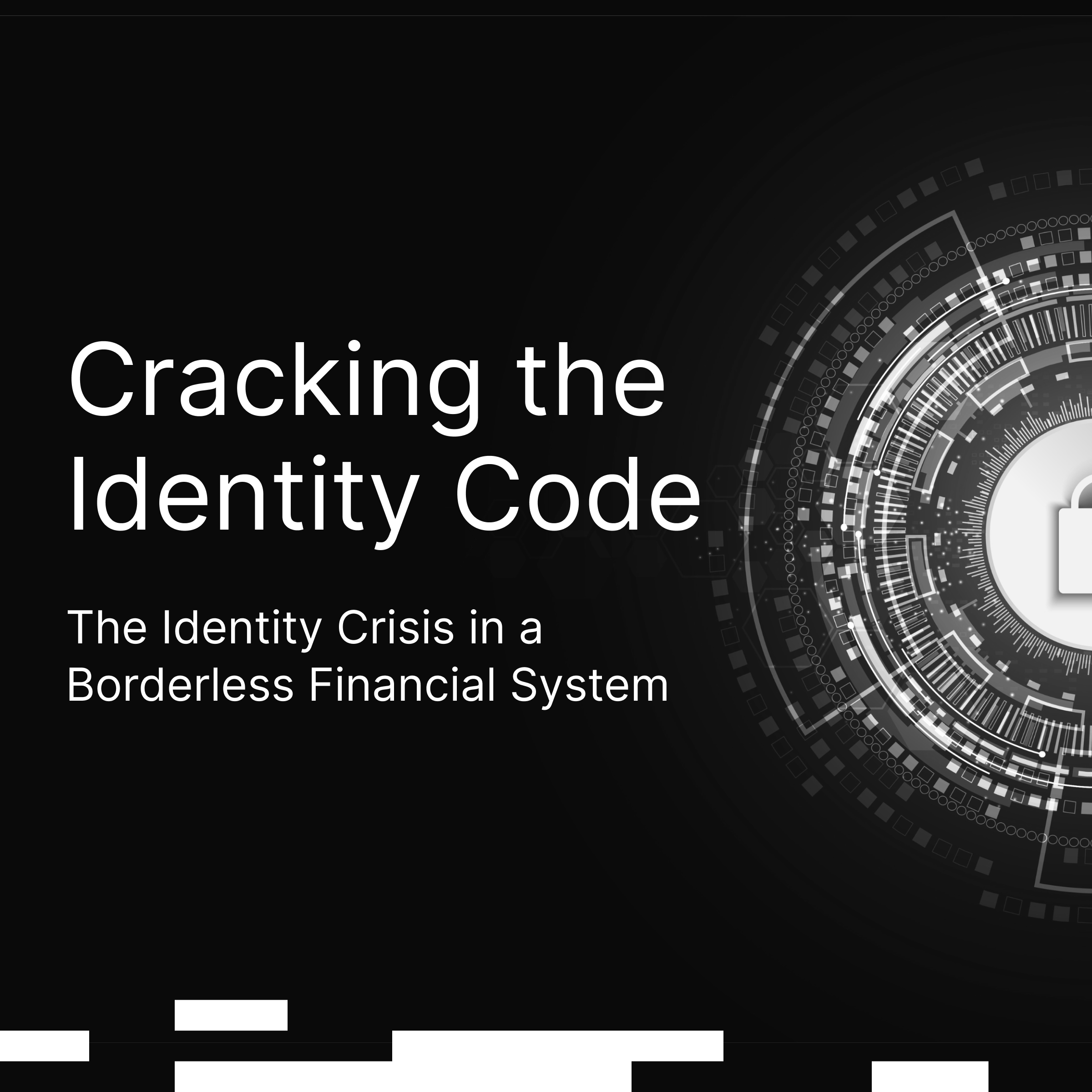
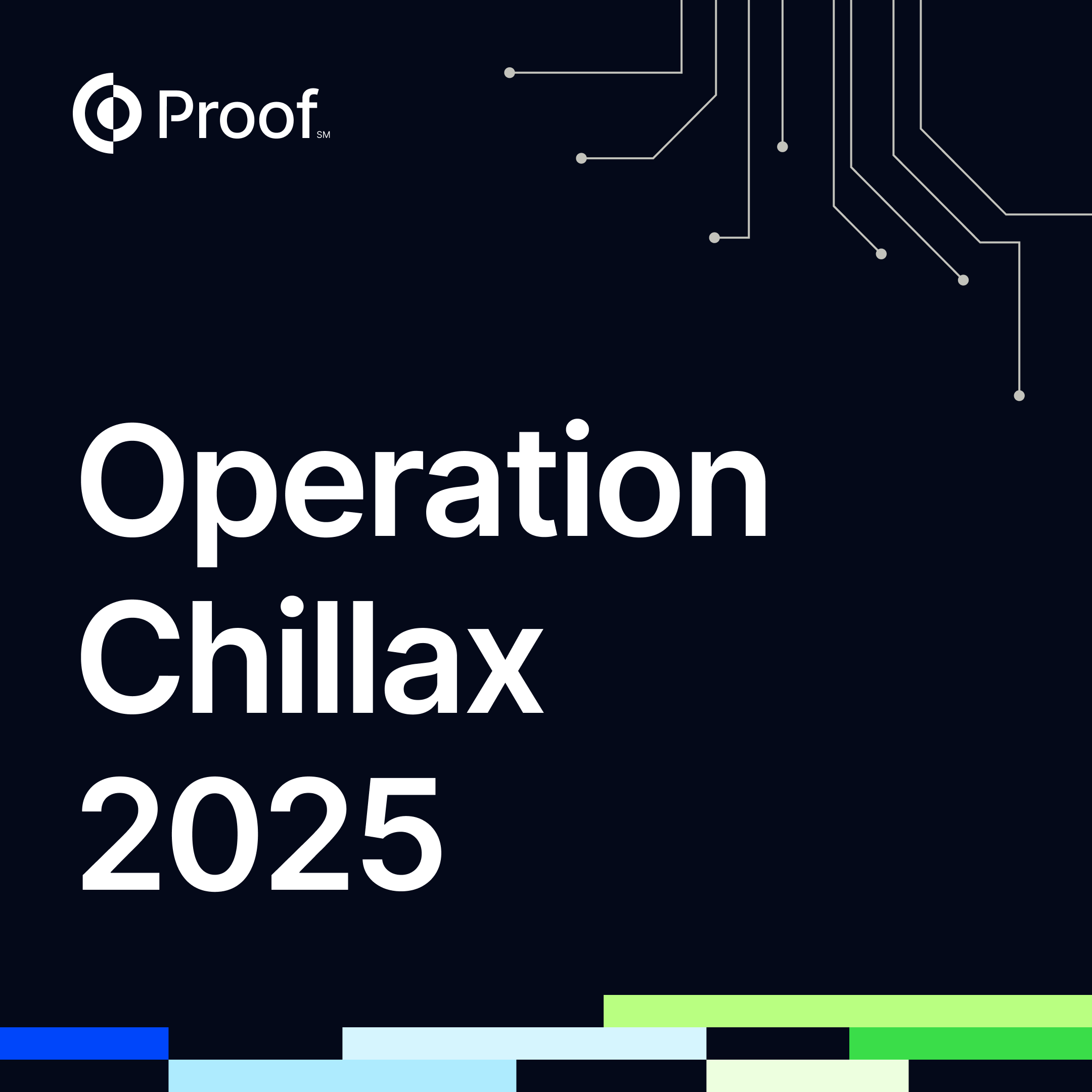



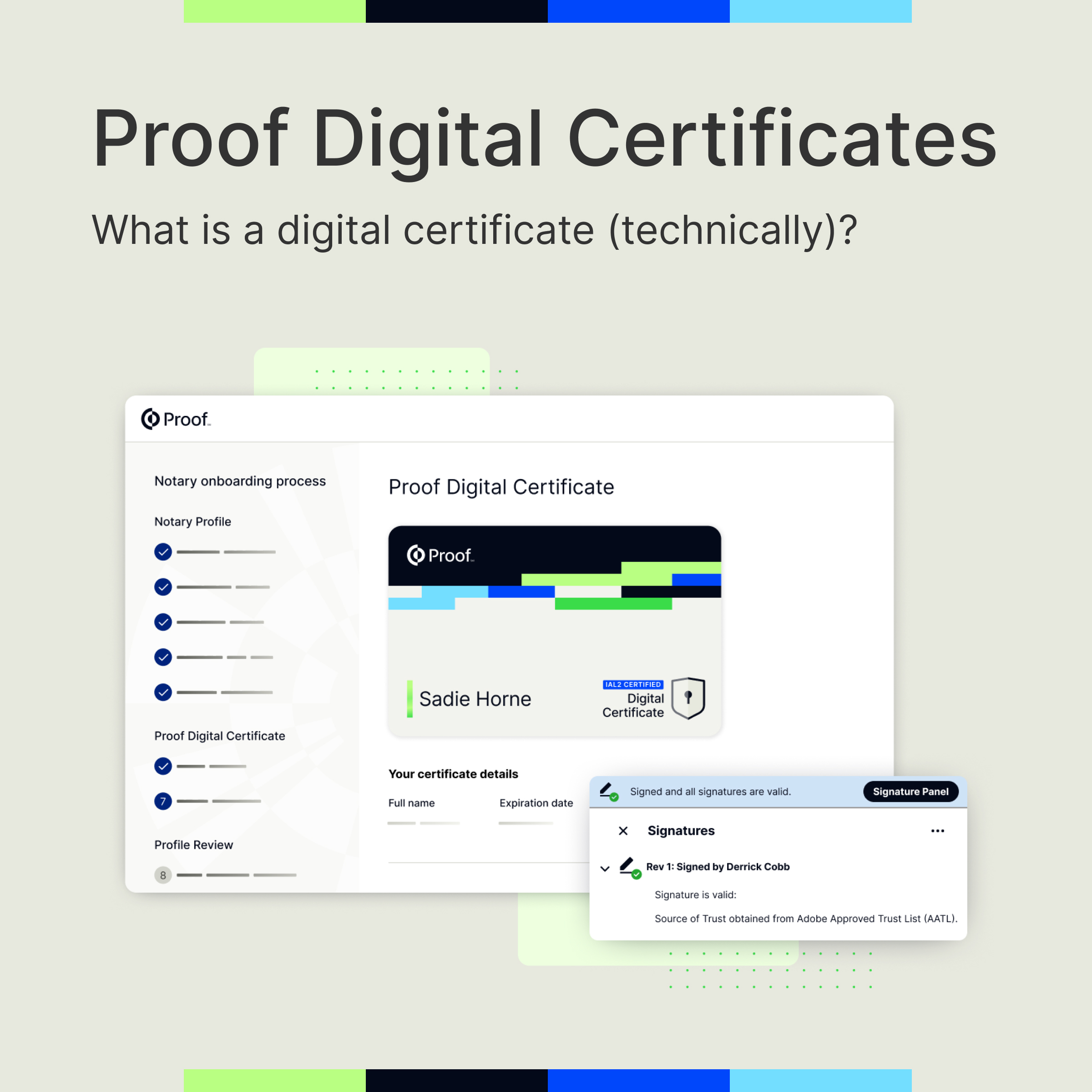



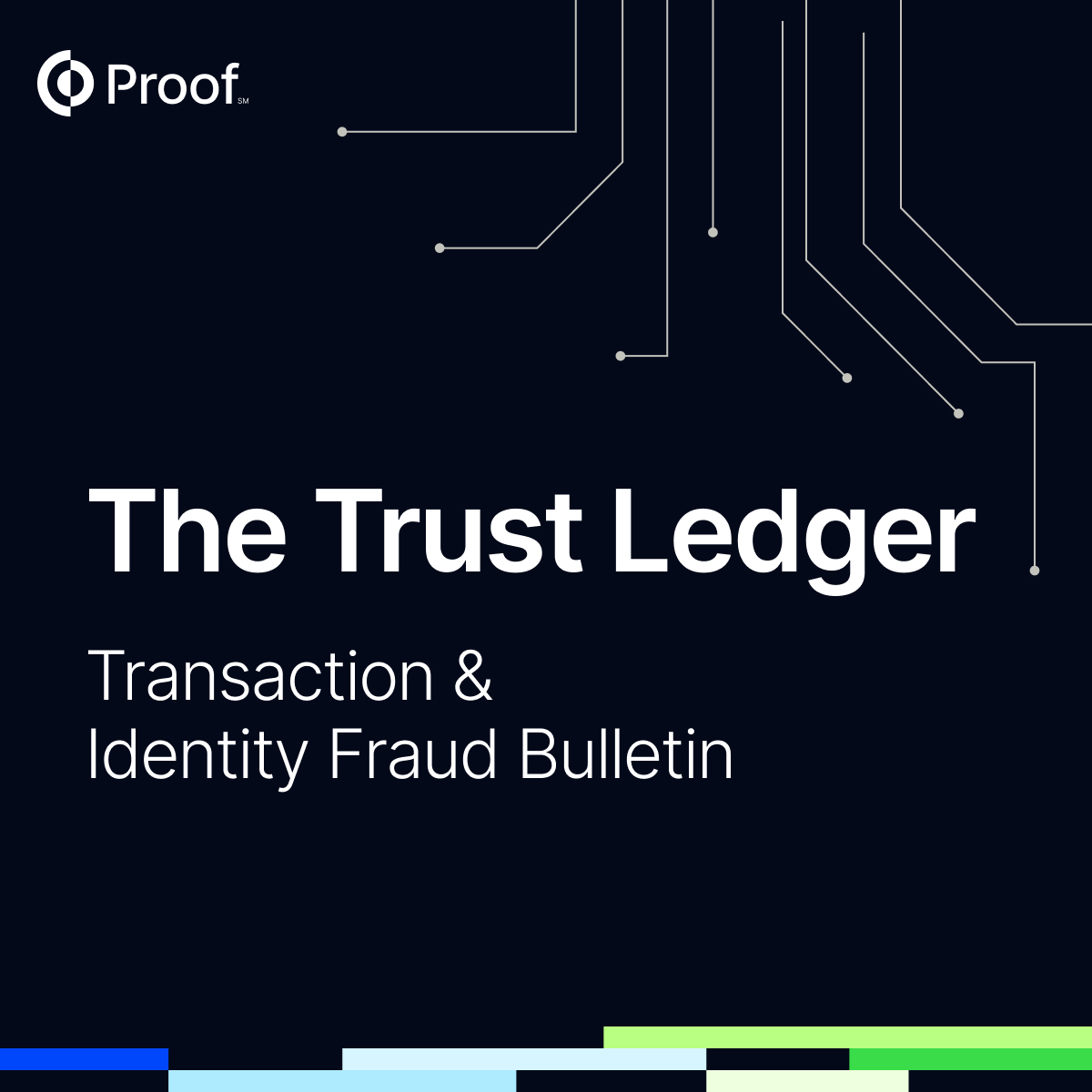







































.jpg)